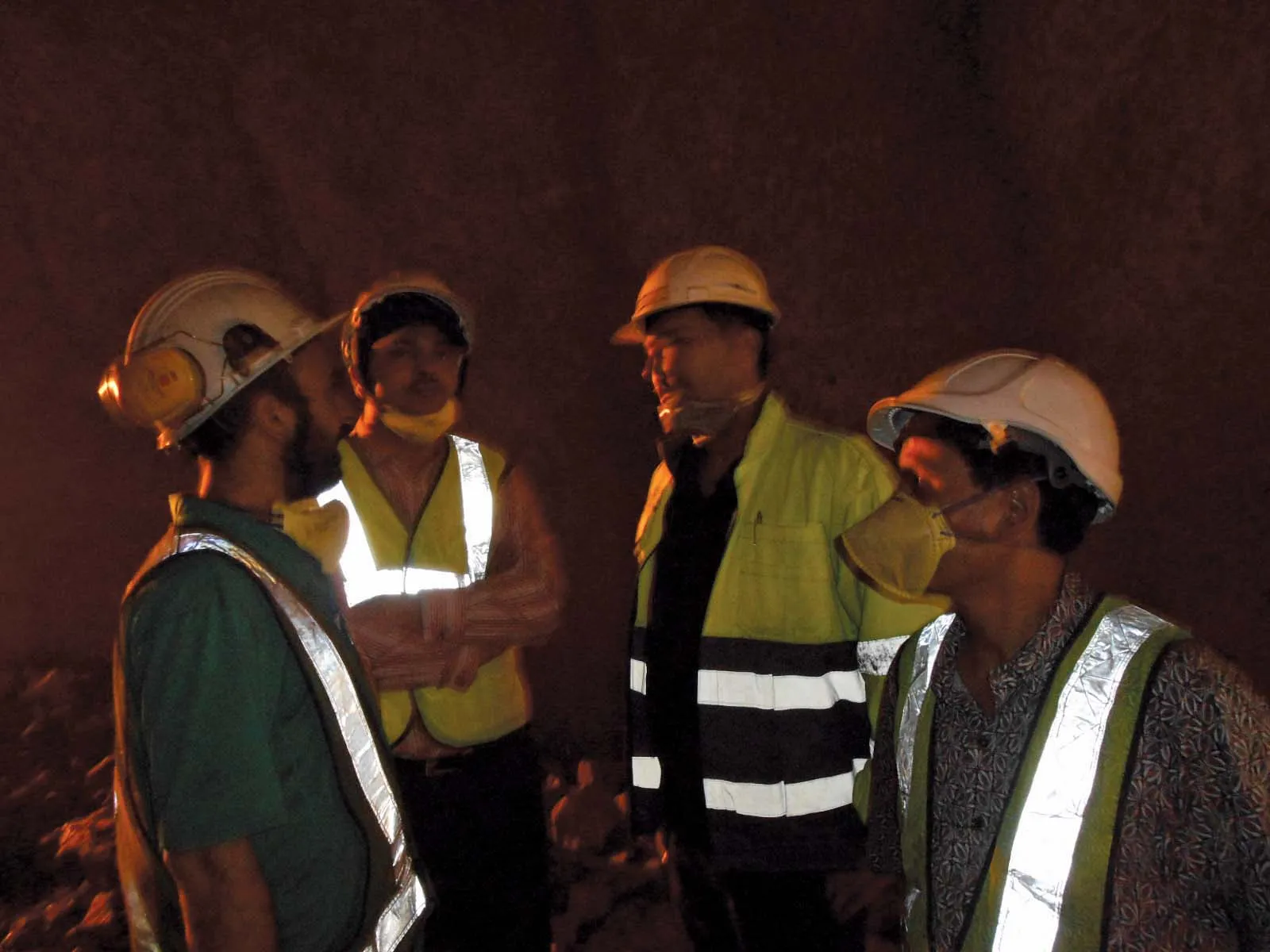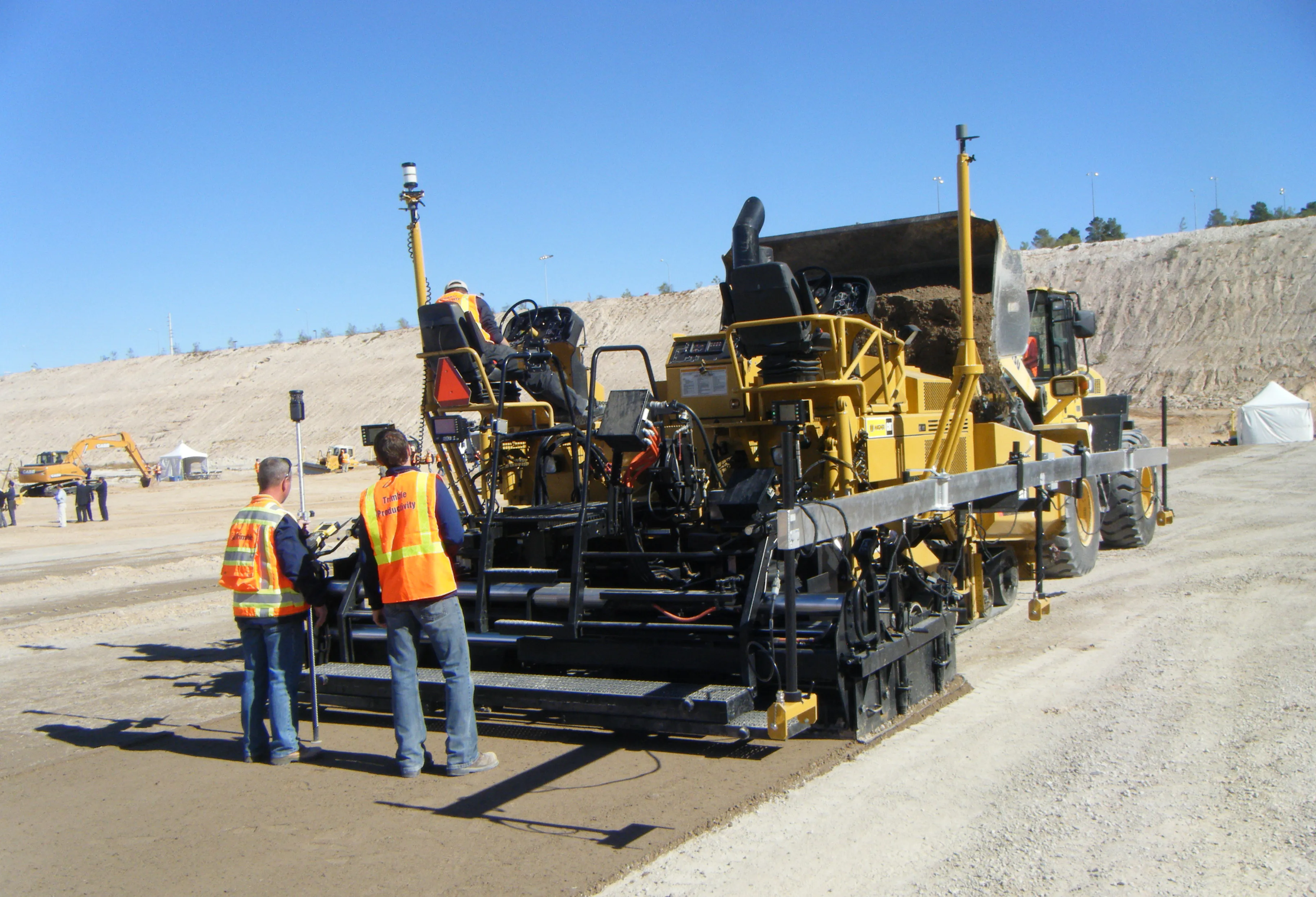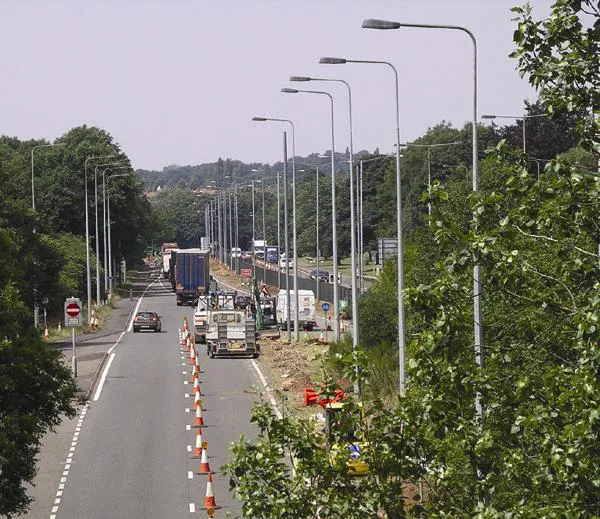The National Federation of Demolition Contractors (NFDC) has published a revised edition of its landmark ‘Guidance Notes on the Safe Use of High Reach Demolition Excavators’. The latest guidance notes come five years after NFDC published the world’s first ‘Guidance Notes on the Safe Use of High Reach Demolition Excavators’.
June 20, 2012
Read time: 2 mins

The 1644 National Federation of Demolition Contractors (NFDC) has published a revised edition of its landmark ‘Guidance Notes on the Safe Use of High Reach Demolition Excavators’. The latest guidance notes come five years after NFDC published the world’s first ‘Guidance Notes on the Safe Use of High Reach Demolition Excavators’.
Researched and produced by the NFDC’s publications team in conjunction with all the world’s leading high reach excavator manufacturers, the new publication reflects the changes that have taken place in the high reach demolition sector in the past five years. “Since we published the original document, we have seen high reach machines go beyond the 60, 70 and even 90metre working height mark. It was important that the guidance was brought up to date to reflect those changes,” said co-author and industry veteran Paul Brown.
NFDC chief executive Howard Button, who oversaw the creation of the new guidance, added: “A key change to the guidance relates to the pre-start check to both the machine and, equally importantly, to the site itself. Unseen voids and hidden basements are probably the biggest threat to high reach safety.”
Researched and produced by the NFDC’s publications team in conjunction with all the world’s leading high reach excavator manufacturers, the new publication reflects the changes that have taken place in the high reach demolition sector in the past five years. “Since we published the original document, we have seen high reach machines go beyond the 60, 70 and even 90metre working height mark. It was important that the guidance was brought up to date to reflect those changes,” said co-author and industry veteran Paul Brown.
NFDC chief executive Howard Button, who oversaw the creation of the new guidance, added: “A key change to the guidance relates to the pre-start check to both the machine and, equally importantly, to the site itself. Unseen voids and hidden basements are probably the biggest threat to high reach safety.”









